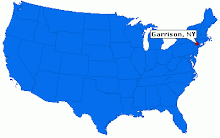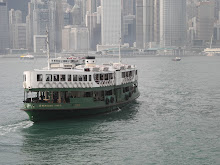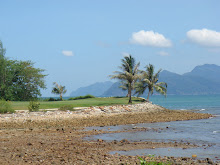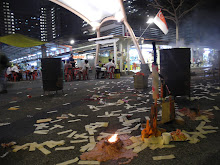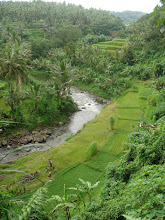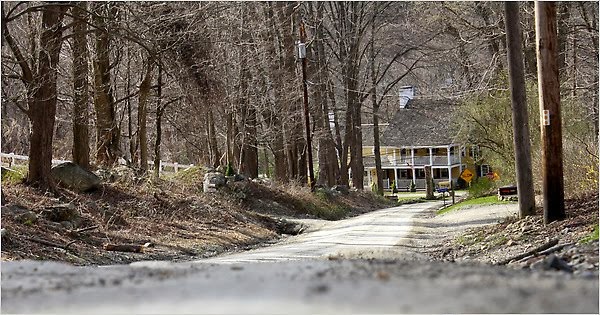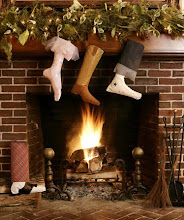 The World Table Tennis Championship just ended. From April 28 – May 5, the players paddled it out in Yokohama, Japan. Singapore sent their national team with all the love and support of their countrymen and leaders. The Beijing Olympic Games produced one of Singapore’s proudest sporting achievements: 1st Olympic medal in 48 years! Li Jiawei lead her team to win silver in women’s table tennis. Li Jiawei became a national hero. Prime Minister Lee announced programs to raise the ranks of the game’s importance almost to the point of naming Table Tennis the national sport. Weeks before the WTTC, TV commercials ran repeatedly featuring the players in a grand style second only to our Super Bowl promotions.
The World Table Tennis Championship just ended. From April 28 – May 5, the players paddled it out in Yokohama, Japan. Singapore sent their national team with all the love and support of their countrymen and leaders. The Beijing Olympic Games produced one of Singapore’s proudest sporting achievements: 1st Olympic medal in 48 years! Li Jiawei lead her team to win silver in women’s table tennis. Li Jiawei became a national hero. Prime Minister Lee announced programs to raise the ranks of the game’s importance almost to the point of naming Table Tennis the national sport. Weeks before the WTTC, TV commercials ran repeatedly featuring the players in a grand style second only to our Super Bowl promotions.Table Tennis is a big deal in Singapore and all of Asia. Knowing that the sport was created in England, I wonder if President Nixon’s Ping Pong Diplomacy had anything to do with its Asian popularity. The most I knew about the history of Ping Pong/Table Tennis was how our family table served. It sat in our basement next to our bumper pool table and went from popular game to slumber party fort to storage table. The story of Table Tennis is far more interesting than the Acton’s Ping Pong table.
Born from lawn tennis in the 1880’s, Englishman David Foster patented an actual table set in 1890. Parlour Table Games not only included a table version of Lawn Tennis, but it also included a version of Cricket and Football (Soccer). London game maker Jean Jaques created another version, Gossima. Both versions of Table Tennis used game balls made from rubber and cork. The game was never popular because of the low-performing balls.
 In 1909, the game bounced back! The celluloid ball was invented. John Jacques renamed his game Ping Pong after the sound of the ball as it hit the drum battledores (paddles). Ping Pong and Table Tennis games were both popular and, just like Federer and Nadal, they were rivals. Ping Pong and Table Tennis had separate rulebooks. Parker Brothers bought the American rights for the name Ping Pong and enforced all trademarks. Both sides knew all the back and forth between the game’s official name had to end. By 1926 Ping Pong and Table Tennis combined forces in order to bring the sport to the international table. Berlin established The International Table Tennis Federation. In 1977, Table Tennis became an official Olympic sport.
In 1909, the game bounced back! The celluloid ball was invented. John Jacques renamed his game Ping Pong after the sound of the ball as it hit the drum battledores (paddles). Ping Pong and Table Tennis games were both popular and, just like Federer and Nadal, they were rivals. Ping Pong and Table Tennis had separate rulebooks. Parker Brothers bought the American rights for the name Ping Pong and enforced all trademarks. Both sides knew all the back and forth between the game’s official name had to end. By 1926 Ping Pong and Table Tennis combined forces in order to bring the sport to the international table. Berlin established The International Table Tennis Federation. In 1977, Table Tennis became an official Olympic sport.
Like all professional sports, Table Tennis is not without a controversial performance enhancer. Forget steroids, these players use Speed Glue! It puts more Ping in their Pong. No, the players don’t sniff it they stick it. Professional players glue their own paddles. The paddles are blades of wood, foam, and rubber. Speed Glue is the stuff used to plug tires and when applied to the paddle layers, the foam expands and softens the tension of the rubber outer layer. The “corking” effect provides more spin and speed, but it lasts only a few hours. Officials are in the process of tabling the glue from use in the game.
With only a few exceptions since Table Tennis became an Olympic sport, the Chinese dominate. This year’s World Table Tennis Championship women’s singles final was between 2 Chinese players. The men’s singles final was between a Chinese and a Japanese. Fans and officials worry that the sport will drop in popularity because of China’s supremacy. No matter who is playing whom, the sport is fast and fun. Check out this highlight video of the men’s single final from this year’s WTTC. Turn up the volume! The play-by-play in Japanese adds more excitement to the match and the sport.
The day after the WTTC Prime Minister Lee made a special announcement. He awarded Singapore’s 2009 Sportswoman of the Year. And the winner is…. Jasmine Yeong-Nathan! She is a 20-year-old national bowler and AMF World Cup champion. Maybe Prime Minister Lee will spare Table Tennis as the unofficial national sport and strike the public with Bowling instead.


